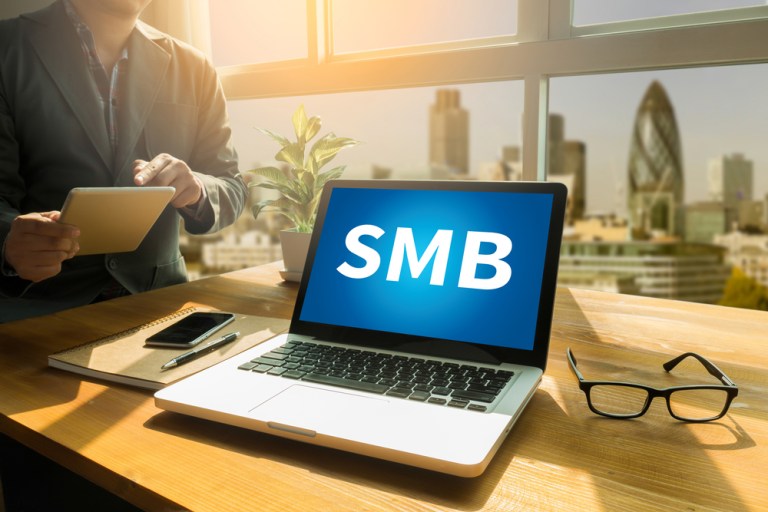If you ask the owners of small and medium-sized businesses (SMBs), they’ll tell you that they are relatively tech-friendly and even tech-savvy. But they may not be telling it exactly as it is.
On a scale from one to 10, the average SMB scored themselves just above a six when it comes to adopting new payment technology, according to the latest data from the SMB Technology Adoption Index™. Yet, only 13 percent of those same merchants said they were willing to innovate when it comes to their payment technology.
What’s more, most SMBs are already behind when it comes to accepting increasingly popular new payment methods.
Here’s proof.
More than 80 percent of smaller merchants said they still could not accept contactless payments from digital wallets, like Apple Pay, Android Pay or Samsung Pay. And while the amount of information contained on the average check makes using them an increased security risk from more innovative forms of payment, 97 percent of those surveyed SMBs still rely on paper checks to make and accept B2B payments — a 1 percent improvement since Q1.
Yes, 97 percent.
Advertisement: Scroll to Continue
Other key takeaways from the SMB Technology Adoption Index™ for Q3 2016 include:
- Checks still rule: SMBs that deal with customers face-to-face are 98 times more likely to accept paper checks than payment via mobile wallets.
- EMV is starting to rule: Roughly 53 percent of SMBs do not accept EMV-enabled credit and debit cards, down from 61 percent last quarter.
- Consumers always rule: Consumer demand is the leading factor for new payment additions; 31 percent of merchants in face-to-face environments and 26 percent of retailers in remote environments have adopted new payment technology because their customers want them to.
The index also includes insights from Sage Payments Solution CEO Paul Bridgewater, who recently joined PYMNTS for an interview, where he offered thoughts on a playbook that SMBs can use to better manage the daily challenges of keeping up with their customers.
Here’s a preview:
For his own firm, said Bridgewater, ensuring access and flexibility in technology adoption is key. “Most important is growth orientation, helping firms grow their business.” Firms must be viewed on a case-by-case basis, he said. Are consumers open to sharing data about themselves? Is there pushback from the multichannel consumer? “So many companies in our space forget [these questions] and get it wrong,” said the executive. “It’s very important for these firms to choose the right business solutions provider upfront … and not buying just on price, upfront or perceived value,” he added.
Getting firms to focus on back-office challenges can be a challenge, too. “At some point, you get to enough scale that you have to pay attention here,” maintained Bridgewater. “These businesses need to respond to the external market changes in real time.” Integration between the consumer-facing technology and the back end remains critically important, he added. And at the back end, that is where “soloed legacy systems” most often exist, yet regulations are proving increasingly onerous. Solution providers must work together in harmony. “The back office and the middle offices are catching up very quickly with innovation at the front [of the organization],” said Bridgewater.
About The Index
The SMB Technology Adoption Index™ is a quarterly report released in collaboration with Sage, a provider of integrated accounting, payroll and payment systems, and PYMNTS.com, the leading source of news and information on innovation in payments and commerce. The index looks at business and technology trends impacting U.S. small and medium businesses.




